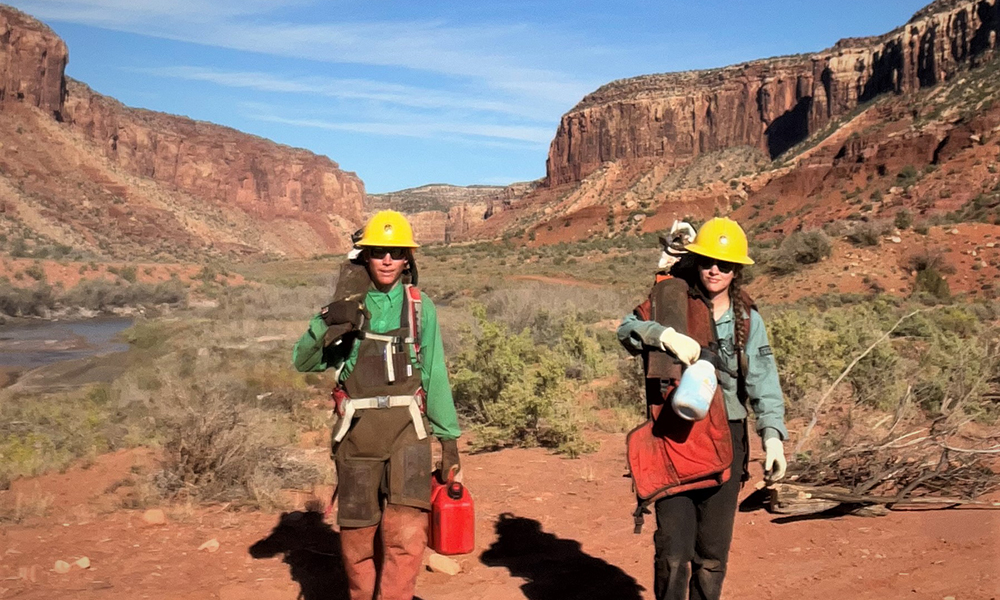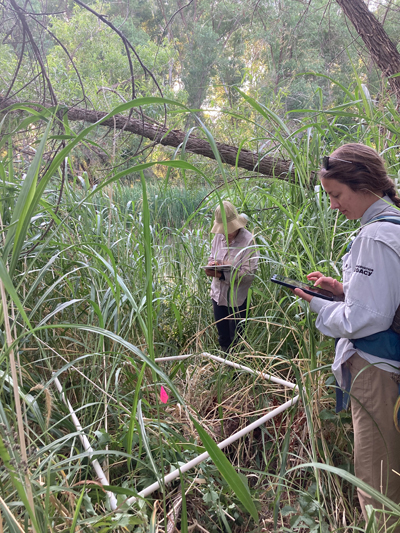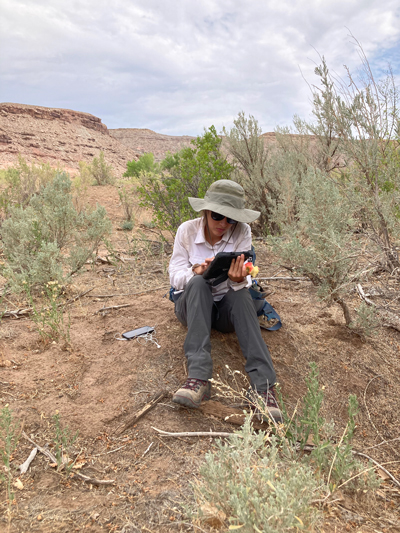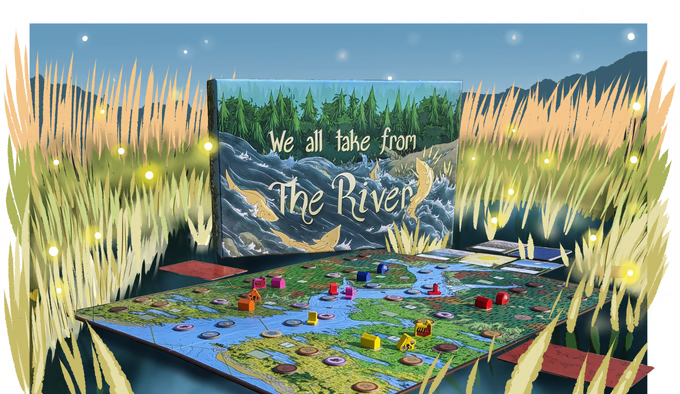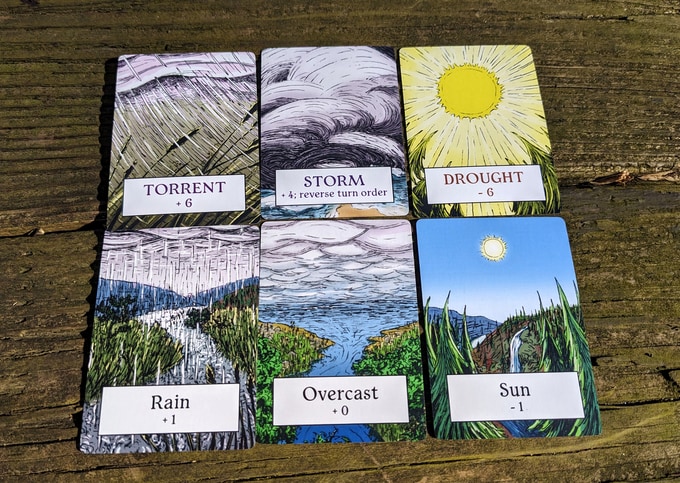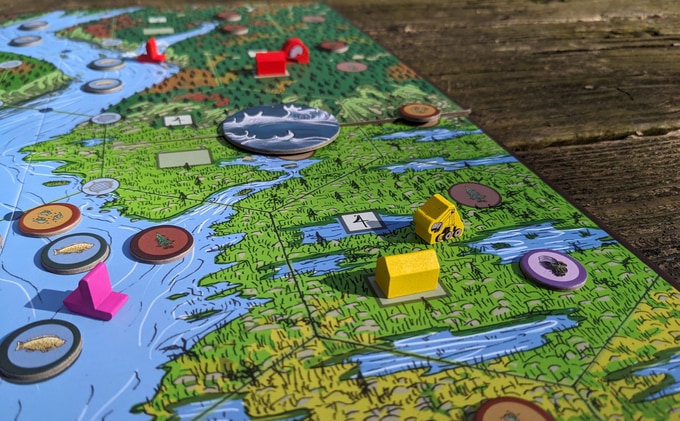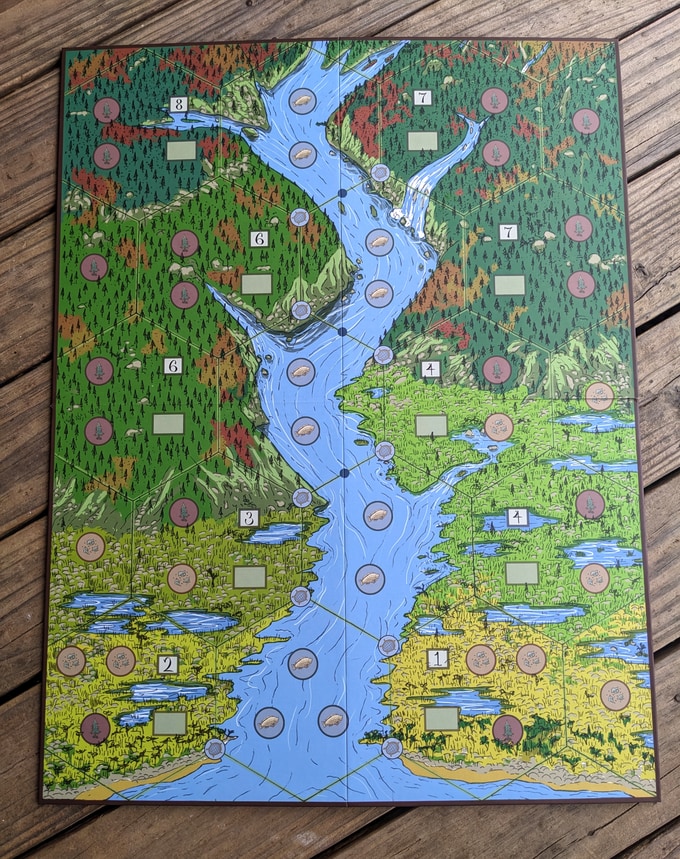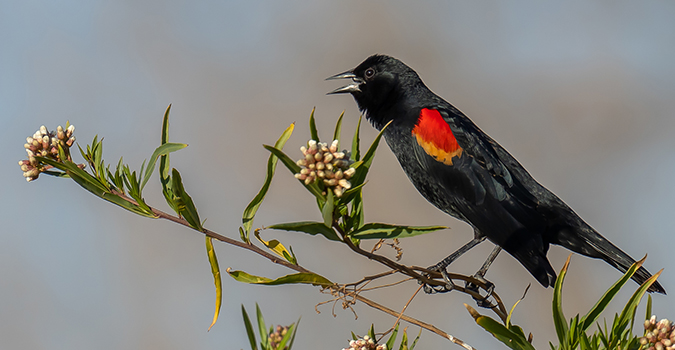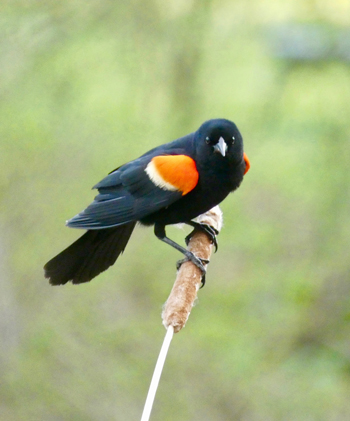Local Communities are Taking Action
Local Communities are Taking Action
$138K Boost for Colorado River Tributaries

Photo by Friends of the Verde River
As wildfire season expands across the Southwest, our rivers and their tributaries face a growing challenge. With rising temperatures and extreme weather, there’s no better time than now to take action.
Standing on the banks of the Escalante or Verde River, you would likely see invasive trees and shrubs choking the shoreline, their thirsty roots sucking precious water. You’d feel the heat of the sun and recognize that these non-native species increase the risk of out-of-control wildfires. But look closer and you’ll also see hope—in the form of dedicated communities ready to make a difference.
That’s why we are pleased to award $138,300 in funding to two local community organizations for their efforts to protect these vital rivers. Thanks to our growing group of supporters, we’re partnering with Friends of the Verde River in Arizona and the Grand Staircase Escalante Partners in Utah to restore 3,400 acres of land along these rivers and their tributaries.
The consequences of inaction paint a stark picture: rivers choked with invasives are unable to support diverse wildlife, like butterflies, eagles, trout and elk. Fire risk increases and there’s less clean water for the region’s health and well-being.
These organizations, along with community members and the Southwest Conservation Corps of Colorado, will carefully remove invasive, water-guzzling plants like tamarisk, Russian olive and Arundo. With each plant removed, native species like cottonwood and willows get a fighting chance, and the risk of uncontrollable wildfires diminishes. It’s a labor of love that protects not just the rivers, but the communities that depend on them.



Photos by Friends of the Verde River and Grand Staircase Escalante Partners
“Removing invasive plants is a bit like a chess game,” said Jackie Grant, the Partners’ executive director. “It teaches patience and is a lesson in strategy. You learn patience because the long-term results are worth the wait. Strategy comes into play when determining where your efforts will have the biggest impact. Plus, it feels good to know that you are not only improving water quality directly where you are treating invasives but downstream as well.”
This year, the Partners are tackling Harris Wash, a critical tributary to the Escalante, and a popular overnight hike past sheer cliffs and small overhangs. With both cattle and people moving through the wash, it is imperative that invasive plants and their seeds are not dispersed by foot and hoof traffic. Our grant will help eradicate these plants and remove the threat of their seeds being distributed throughout the watershed. Similar tales of restoration will play out along the Verde River.
So far, Forever Our Rivers has distributed grants to restore 13,000 acres of wildlife habitat along rivers that flow into the Colorado. These efforts are made possible through the generosity of people like you. Plus, our commitment doesn’t end when the last invasive plant is removed. We will return to the site time and again to ensure that the project was effective and that every dollar invested translates into real, lasting benefits.
Looking ahead, we plan to give out three times as many grants as we have before. This is a big goal, but it’s important because our rivers face so many challenges. With the support of people like you, it’s within reach. We’re not just helping the rivers, we’re creating a better future for communities in the Southwest. Together, let’s write a new chapter for rivers—one full of water, life and hope.


